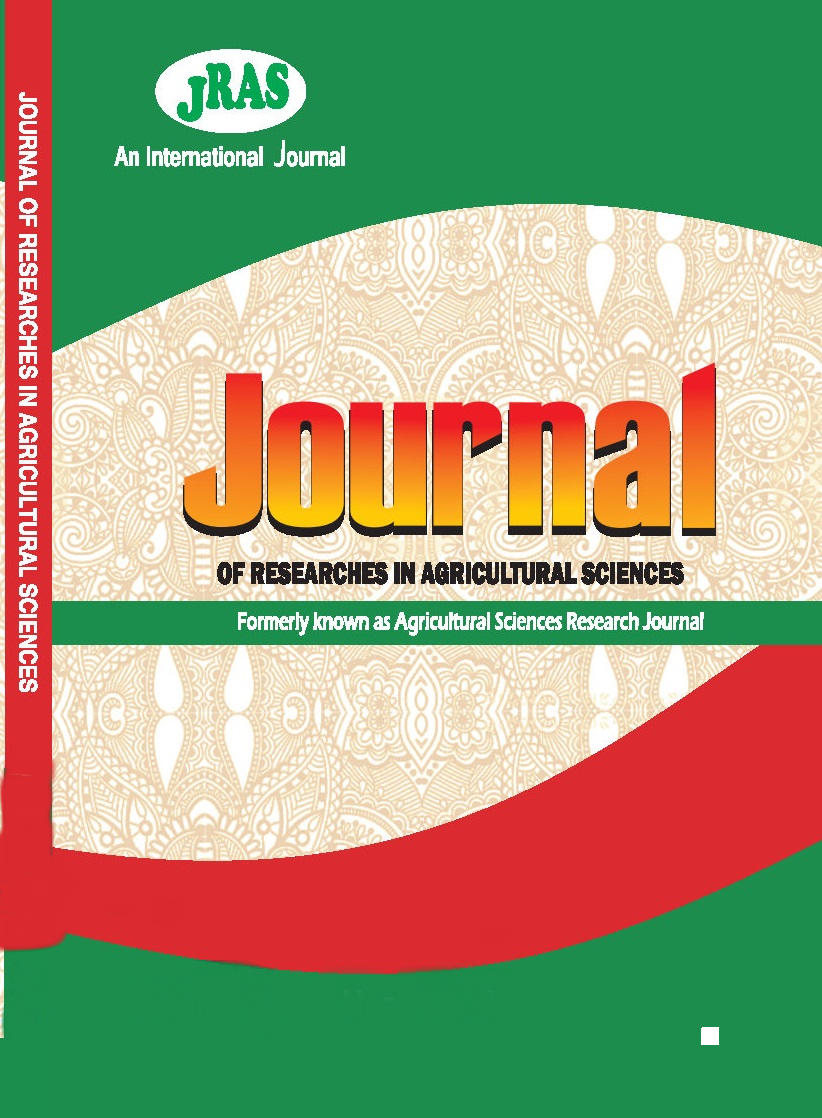Effects of Composting on the pH and NPK Contents of Palm Oil Mill Effluents (POME)
الكلمات المفتاحية:
Composting, inhibitory effect, nutrient content, palm oil mill effluent,الملخص
Decomposition of palm oil mill effluent (POME) is as an essential process in reducing its inhibitory
effects on plant growth and also in influencing the release of nutrients such as N and P to the
growing plants. This study was carried out at the Teaching and Research Farm of Ekiti State
University, Ado-Ekiti to monitor the effects of composting on some chemical properties of POME. Palm Oil Mill Effluent was measured on two separate heaps each of 1 m tall and 1.5 m wide. Sawdust was mixed with POME in one of the heaps at the ratio 1:1. The heaps were turned and watered weekly. The temperature of the heaps was measured at a week interval; before each turning and watering. Samples were taken from each of the heaps for analysis after each turning. Results indicated that change in pH was inconsistent but the trend indicated increase in values with the weeks of composting with a notable decrease recorded at 11 and 14 weeks of composting. N values recorded for all samples during composting were lower than the fresh POME except for POME + Sawdust at 13 weeks into composting whose N value was higher than fresh POME. The highest N recorded was from POME + Sawdust at 13 weeks into composting. P in the composts were positively affected by composting, as P values in the two compost forms were higher than the P content of the compost materials throughout the weeks of composting. This is an indication that composting of POME is necessary to improve the P content of POME which was low. Values of K obtained throughout the period of composting were higher than the initial K values obtained for the compost materials (POME and sawdust); an indication that composting of POME had reasonable positive effects on the K content of POME. Composting of POME is therefore recommended for its better performance as nutrients source and also a sustainable fertility management strategy for crop production.

